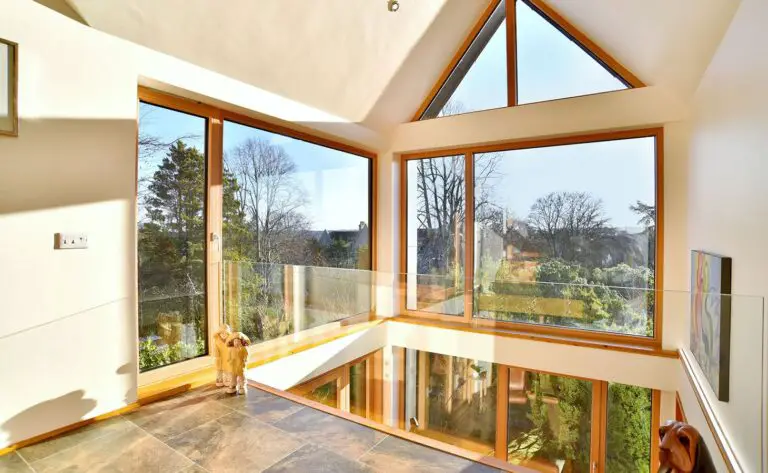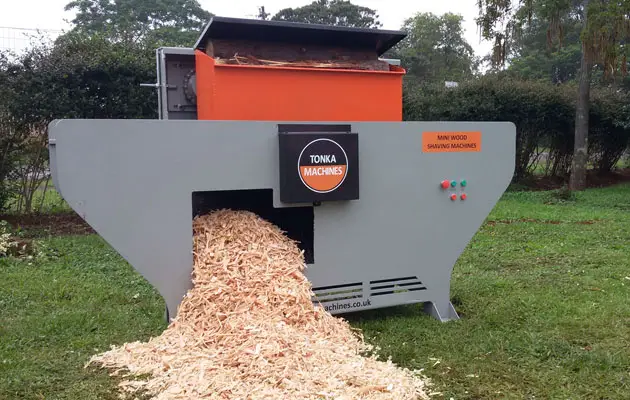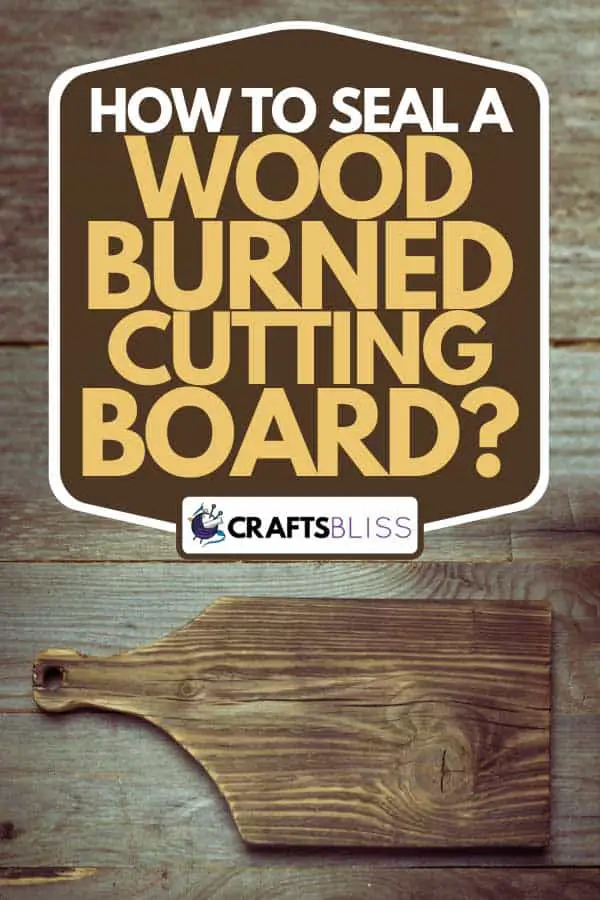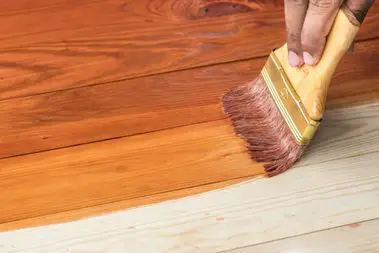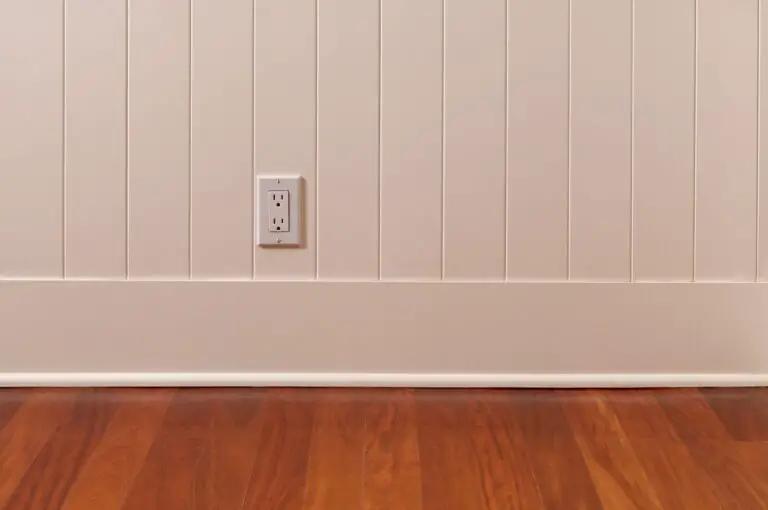What is the Best Wood for Fence : Choosing the Right Material for Your Fence
When it comes to choosing the best wood for your fence, there are several factors to consider. The type of wood you select can have a significant impact on the overall appearance, durability, and maintenance needs of your fence. In this guide, we will explore the top wood options for fencing and provide valuable insights to help you make an informed decision.
Factors to Consider When Choosing Wood for Fence
Before delving into the best wood options for fencing, it’s essential to consider the following factors:
- Durability: Choose wood that is resistant to rot, decay, and insect infestation to ensure the longevity of your fence.
- Appearance: Consider the natural color, grain pattern, and overall aesthetic of the wood to complement your property’s style.
- Maintenance: Determine the level of maintenance you are willing to commit to, as different wood species have varying maintenance requirements.
- Cost: Evaluate the cost of the wood species, including installation and long-term maintenance expenses, to align with your budget.
Top Wood Options for Fencing
Cedar
Cedar is widely renowned as one of the best wood choices for fences due to its natural resistance to decay and insect damage. This durable wood species contains natural oils that act as preservatives, making it an excellent option for outdoor applications. Additionally, cedar’s beautiful reddish-brown hue and distinct grain pattern add a touch of elegance to any property.
| Pros of Cedar | Cons of Cedar |
|---|---|
|
|
Redwood
Redwood is another popular choice for fencing due to its natural beauty and durability. Like cedar, redwood contains natural oils that make it resistant to rot and insect damage. The rich, reddish-brown color of redwood can enhance the visual appeal of any property, making it an ideal option for those seeking a high-end look for their fences.
| Pros of Redwood | Cons of Redwood |
|---|---|
|
|
Pressure-treated Pine
Pressure-treated pine is a cost-effective wood option for fencing that offers decent durability and resistance to rot and insects. Through a special treatment process, pine is infused with preservatives to enhance its longevity, making it suitable for outdoor use. While pressure-treated pine may not possess the natural beauty of cedar or redwood, it can be stained to achieve a desired aesthetic.
| Pros of Pressure-Treated Pine | Cons of Pressure-Treated Pine |
|---|---|
|
|

Credit: www.capitaldeckandfence.ca
Frequently Asked Questions For What Is The Best Wood For Fence : Choosing The Right Material For Your Fence
What Are The Best Types Of Wood For A Fence?
Cedar, redwood, and pine are popular choices for their durability and natural resistance to rot.
How Do I Choose The Right Wood For My Fence?
Consider factors such as cost, maintenance, and the overall aesthetic you want to achieve for your property.
Is Pressure-treated Wood A Good Option For A Fence?
Yes, pressure-treated wood is a practical choice as it offers resistance to decay and termites.
What Is The Average Lifespan Of A Wood Fence?
With proper maintenance, a well-built wood fence can last anywhere from 20 to 30 years.
Conclusion
Choosing the best wood for your fence is a crucial decision that impacts the aesthetics, durability, and maintenance needs of your property. While cedar and redwood offer natural resistance to decay and insects along with stunning visual appeal, pressure-treated pine provides a cost-effective alternative with proper maintenance. By considering the factors of durability, appearance, maintenance, and cost, you can make an informed choice that aligns with your preferences and budget.
Ultimately, the best wood for your fence will depend on your specific needs, style preferences, and long-term maintenance considerations. Whether you opt for the natural beauty of cedar and redwood or the affordability of pressure-treated pine, a well-constructed wood fence can enhance the charm and functionality of your outdoor space.

